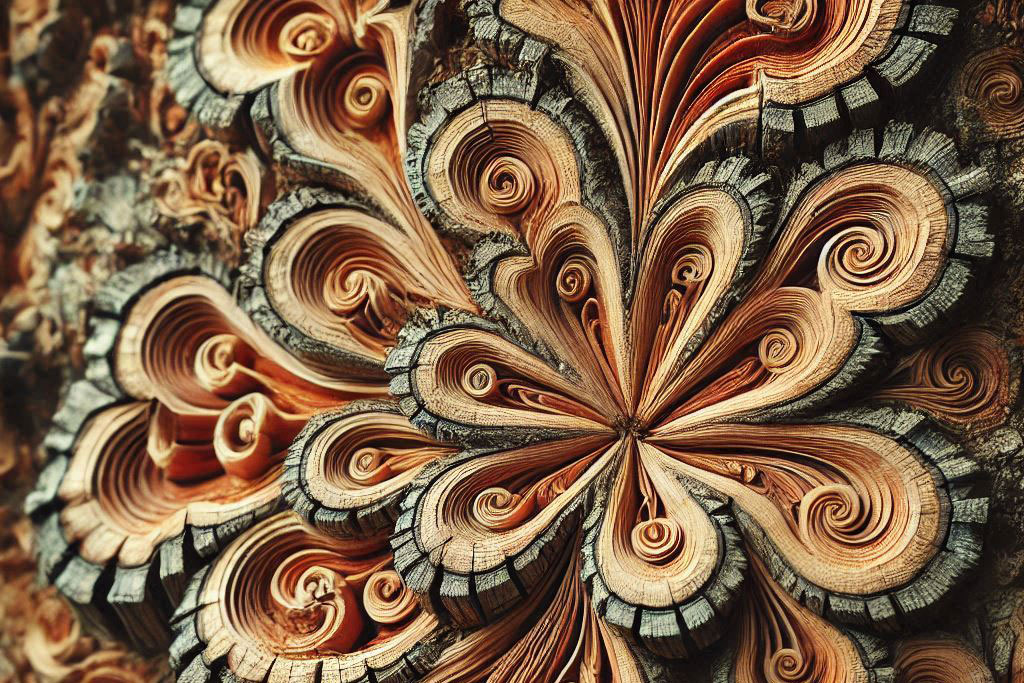Texture adds depth and personality to photographs. Without even touching an object, you can almost feel the softness of fur, the roughness of bark, or the smoothness of glass. Capturing textures brings images to life, making them more engaging and evocative.
Table of Contents
What is texture in photography?
Texture is about showcasing the feel of a surface visually. It can be rough, smooth, soft, or hard, depending on the subject and the desired effect. Think of a kitten’s fluffy fur or the cracks in dried mud.
The texture you highlight sets the mood of your photo. For instance, detailed close-ups reveal intricate patterns, while soft textures create a soothing vibe. Whether you’re zooming in on a flower’s intricate details or using soft lighting to enhance glowing skin, texture plays a significant role in storytelling.
Tips to show texture in photography
- Use light creatively: Side lighting emphasizes the uneven surfaces of textures. For a softer look, try diffused or overcast light. Bright, direct sunlight can wash out details, so experiment with shadows and angles to make textures pop.
- Get sharp images: A tripod helps eliminate camera shake, especially for close-ups. If you’re shooting handheld, try a faster shutter speed to maintain sharpness. A remote trigger or timer can also prevent unintentional blur.
- Play with composition: Try unconventional angles. Get low for a “slug’s eye view” of your subject or shoot from above to highlight abstract patterns. A macro lens is perfect for filling the frame with texture, while a drone offers a wide perspective.
- Focus on contrast: Textures stand out when contrasting elements are in the frame. Look for natural contrasts, like rough bark against a smooth sky, or play with tonal contrasts in black-and-white photography.
- Experiment with editing: Post-processing can enhance texture. Boost clarity, sharpen details, or increase contrast to highlight patterns. Alternatively, soften the image for a dreamy, delicate effect.
Best camera settings to photograph textures
- Aperture: Keep it narrow (around f/8 or higher) for a deeper depth of field. This ensures the entire texture stays in focus.
- ISO: Use the lowest ISO setting your camera allows to minimize noise.
- Shutter speed: A slower shutter speed is great for capturing finer details, especially in low light. Use a tripod to keep the image stable.
- Lens: Macro lenses are ideal for close-ups, offering sharp detail. For wide shots, use a standard lens with a suitable focal length.
Light positioning also matters. For example, side lighting creates shadows that bring out surface details, while soft, diffused light works for flatter textures.
Finding textures
Textures are everywhere. Keep your eyes open, and you’ll start noticing them in everyday surroundings.
- In nature: Look for tree bark, mushrooms, leaves, or even the delicate veins on a dragonfly’s wing. Overcast or rainy days enhance natural textures, making them stand out more vividly.
- In urban settings: Rusted metal, brick walls, peeling paint, and cracked sidewalks offer plenty of inspiration. Industrial textures work great for portraits and product shoots, adding depth to the background.
- Abstract views: Use drones to explore landscapes, capturing patchwork fields or winding rivers as abstract textural elements.
- Build a texture library: While exploring, take a few shots of interesting surfaces. A personal library of textures can serve as a valuable resource for future projects.
FAQs
How do you describe texture in photography?
Texture is the visual representation of how a surface feels—smooth, rough, soft, or hard. It’s captured through light, composition, and detail, making the viewer “feel” the surface without touching it.
How does texture enhance a photo?
Texture adds depth and visual interest, creating a more immersive experience. It draws attention to details, evokes emotions, and can guide the viewer’s focus within an image.
What is the actual texture in photography?
Actual texture refers to the real, tangible qualities of a subject, such as the ridges of bark or the softness of fur, highlighted in a photograph.
What is texture in photo interpretation?
In photo interpretation, texture helps convey meaning and mood. For example, cracked earth can symbolize drought, while soft clouds evoke calmness. Textures shape how viewers perceive the story behind the image.
